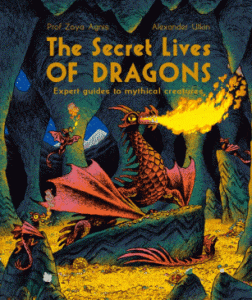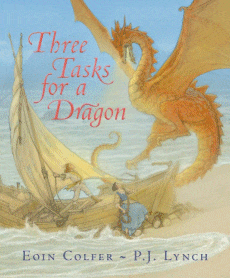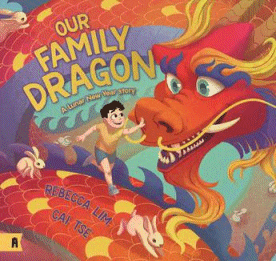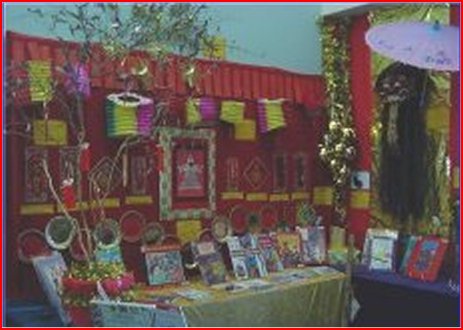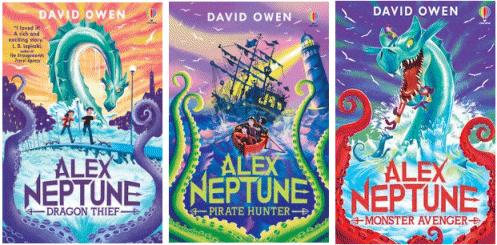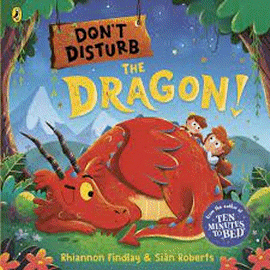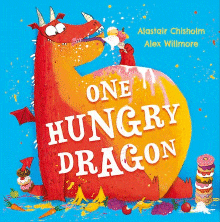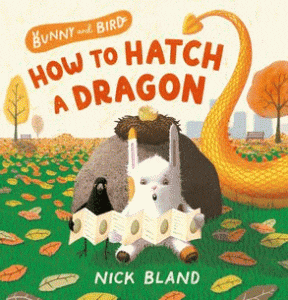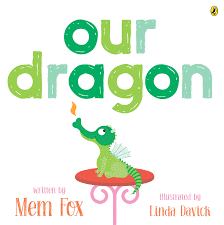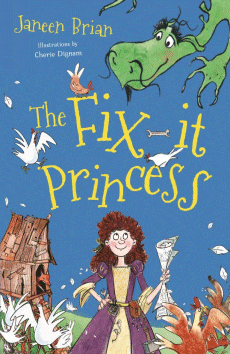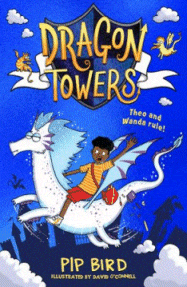
Dragon Towers
Dragon Towers
Pip Bird
David O’Connell
Farshore, 2024
160pp., pbk., RRP $A15.99
9780008641863
Ten-year-old Theo LOVES dragons. In fact, he is obsessed by them and he knows every dragon type, has every dragon book there is and has even made his own Dragon Rider jacket. So when he gets his letter inviting him to dragon school it’s a dream come true.
At Dragon Towers every child is paired with their very own dragon best friend, and every dragon has their own special magic power, from fire-breathing to going invisible and even making slime. Theo can’t wait to find out what type of dragon he has. But when he meets his dragon Wanda she doesn’t seem to have any powers at all…
A recent query about books about dragons for a young reader obsessed with dragons revealed that this is a much sought-after topic, particularly among boys in middle primary who are perhaps imagining themselves as the hero that Theo dreams of being at the beginning of the story before he is rudely awakened by his mother. Complete with all the fantastic creatures that one would expect to encounter as well as the adventures and quests as the young students aspire to be First Riders like the famous Ada and Faust, this is one for those transitioning to longer novels but still needing some of the supports of stepping stones.
With the next episode, The Ghostly Surprise, not due until late September this could be one to give to your dragon fanatics to decide whether it is a series worth collecting for the library. As well as feeding their interest, they will have a reason for reading.
